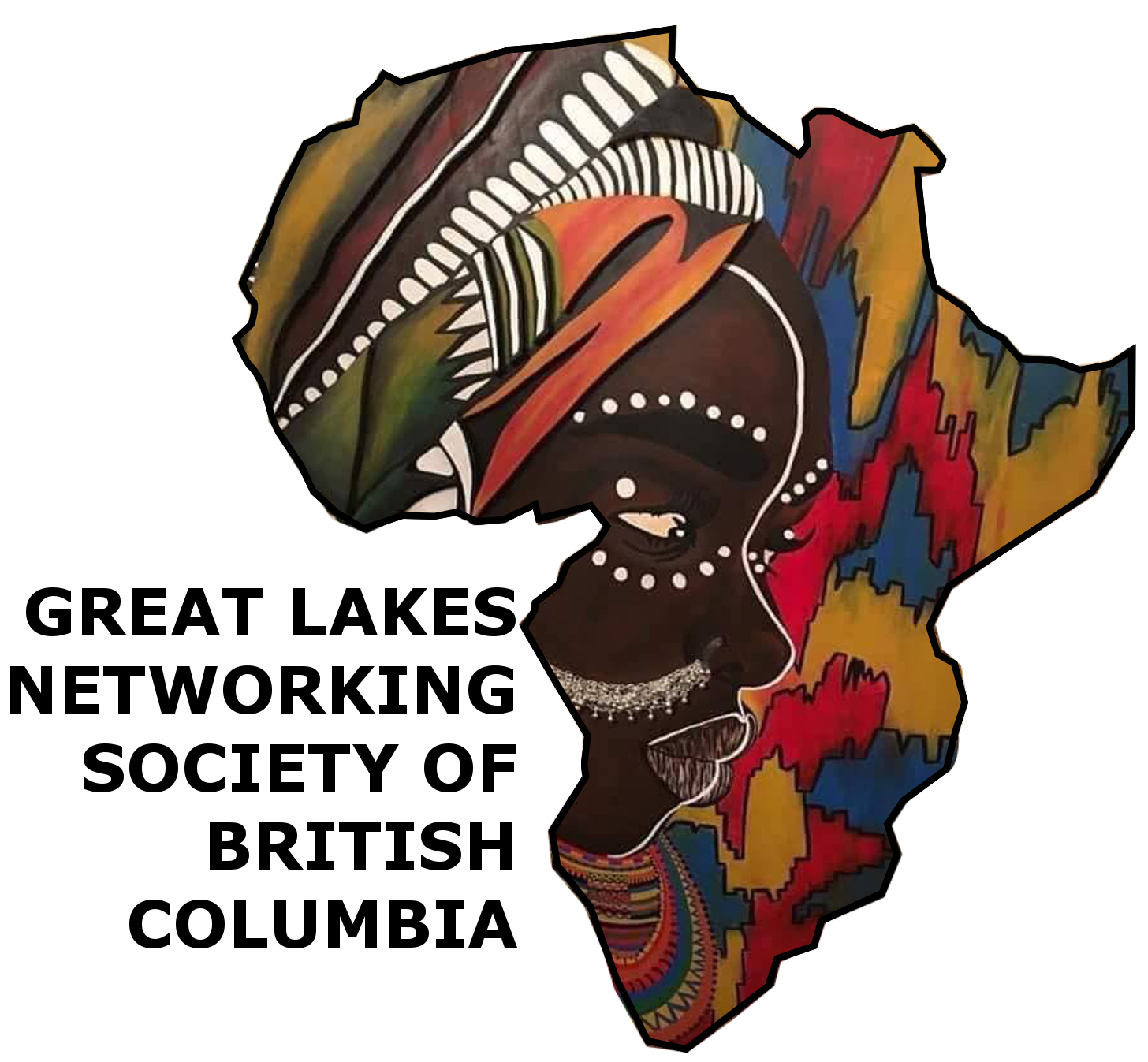Community Healing through Cultural Appropriate food WOMEN/CHILDREN AND WORLD HUNGER
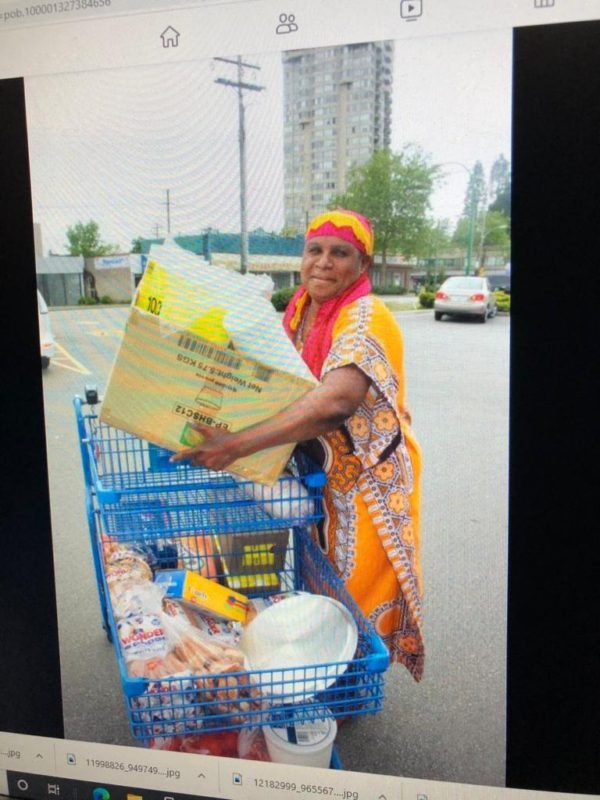
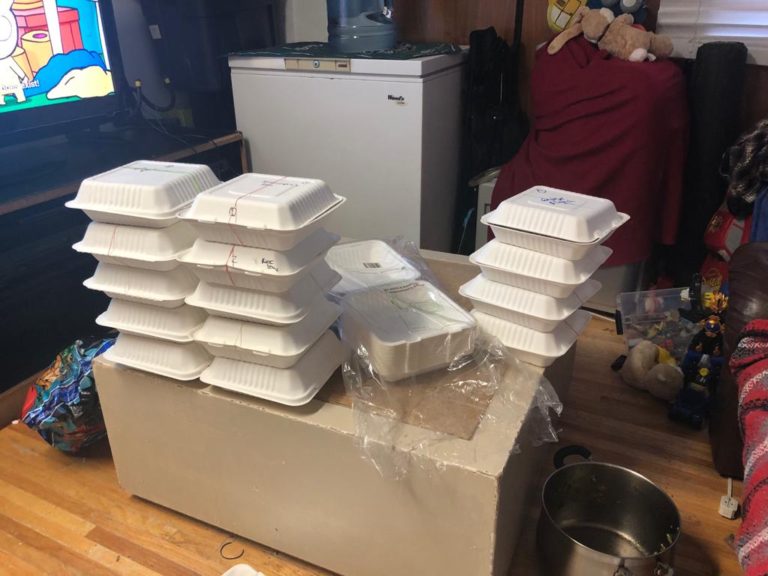


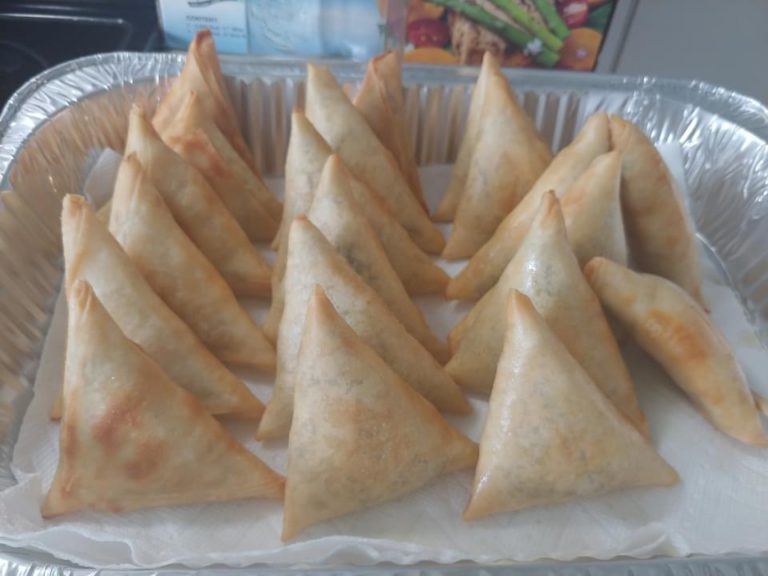
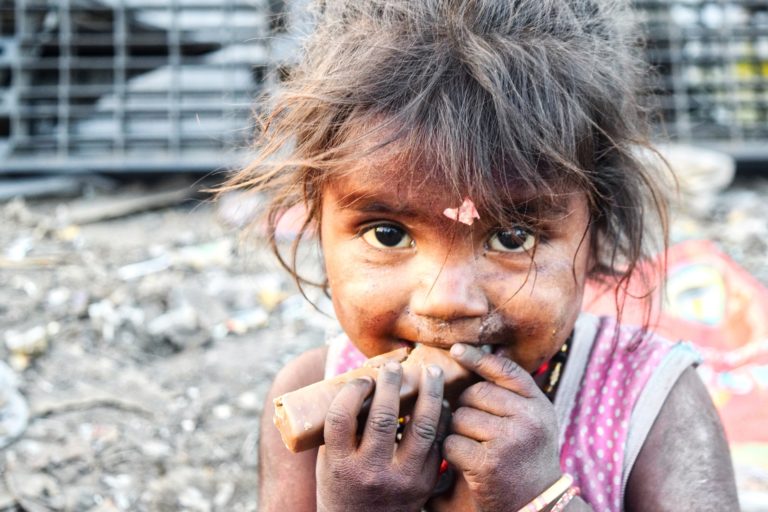

How to end global hunger
Governments Must Start by Feeding and Empowering Women
The World Health Organization (WHO) estimates that 250–500 million children are blind because of vitamin A deficiency. Half of these children will die within a year of vision loss. The 821 million people 60% Of them are insecure in the world right now food, and this 60% are women and girls. In nearly 2/3 of countries, women are more likely than men to report food insecurity. 1 in 3 the proportion of women live with anemia, a diet-related iron deficiency that can cause organ damage if left untreated. Vulnerability in crises and disasters – In severe crises, particularly those in which families are separated or displaced, through natural, and or man-made crises, the consequences on the health and nutrition of women and their children can be dire. Access to an inadequate diet while fleeing war or while in a refugee camp worsens deficiencies a woman already has. Pregnant or lactating women are extremely vulnerable in these situations. Stress cause preterm deliveries, which is much more likely to take place without a skilled assistant or in a sanitary environment. our innovation at Great Lakes Networking Society of BC is to connect with our family, friends, neighbors, and community members around our culturally appropriate food. We support families by providing nourishing and healthy food, building inclusive social programs for all ages, and addressing issues of food security, poverty, and justice.
Women’s Malnutrition:
A Serious Problem
Ending Global hunger, Governments must start by feeding and Empowering Women
We focus on Women, and children who are more vulnerable socially and economically to malnutrition – Practical solutions for reducing women’s malnutrition and keeping them engaged and healthy. Some actions that governments, business,es and communities can take to help reduce malnutrition in women and girls are:
- Including Women with their own role; and Investing in ending malnutrition
- Increasing resources and access to education in the community
- Supporting small scale farming with our international partners
(Micro-nutrient malnutrition, Iron Deficiency, and Anemia) – Vitamin A Deficiency – Vitamin A is a nutrient required for proper cell growth. It has a critical role in the formation of the heart, lungs, kidneys, and other organs in the baby. Vitamin A is crucial in vision, and night blindness is a symptom of severe vitamin A deficiency. Poor vision can become permanent in prolonged deficiency for Seniors, who live with terminal illnesses, patients who keep testing positive for several weeks after the onset of symptoms, and for patients who are treating themselves at home. Our focus is to source resources to support COVID-19 recovery, highlights on exciting new upcoming Annual Events, Training, Education and Dialogue, both in-person and virtually – On disease Transmission and Prevention, with Equipment through Arts; Sports; Grocery/Food Cooking and delivery; Sewing; Hair-do; and Environmental Programs as well as new community-led initiatives. At GLBC – Nutritional status is considered a key indicator of national development because a well-nourished and healthy population is considered a moral obligation, its Concords with human rights and it is a precondition for sustainable social, economic, and human development. Poor health due to limited nutrition affects individual well-being and human dignity. In sub-Saharan Africa, food insecurity and malnutrition remain a major challenge, with women of reproductive age (particularly pregnant women) and children under the age of five being at high risk. Many women in sub-Saharan Africa remain particularly exposed to what has become known as “hidden hunger.” “Hidden hunger” is the lack of, or inadequate intake of micro-nutrients, resulting in different types of malnutrition, such as anemia and deficiencies of iron, vitamin A and zinc, among others. This can occur even in the presence of adequate energy and protein intake.
Globally, about 9.8 million women are vitamin A deficient, and iron-deficiency anemia contributes to at least 18% of maternal deaths in developing countries. Food insecurity in the form of under-nutrition also affects early childhood development, as the child’s brain and central nervous system are compromised. This leads to poor school performance, reduced physical work capacity, and decreased productivity later in life. The first 1000 days of a child’s life are critical for optimal growth, health, and development; therefore, intake of diverse and good quality food, insufficient quantity, is crucial. In some societies within sub-Saharan Africa, women and young children are prohibited from eating certain foods due to ethnic or cultural beliefs and taboos, and those may include micro-nutrient-rich foods. Food taboos are known from almost all human societies as a systematized set of rules about which foods or combinations of foods one may not consume. However, food taboos often target pregnant women to prevent what is perceived as harmful effects of these foods on the newborn. For example, in Ethiopia, Gambia, Nigeria, Gabon, and the Democratic Republic of Congo, pregnant women are usually forbidden from consuming the richest food sources of iron, carbohydrates, animal proteins, and micro-nutrients. This is mainly because of the fear that the child may develop bad habits after birth or may be born with diseases, the fear of delayed labor due to large babies, and the belief that certain foods stimulate continuous menstruation, leading to infertility in women.
With all these reasons and challenges for those on the streets, or those with critical diseases and our seniors, we try to serve them the food that is culturally appropriate, we shop, cook and deliver, some times we offer community members gift cards from the African stores. A new season is upon us. If there’s one thing that 2020 has brought to life, it’s that sacred connection. Our Grocery/food deliveries, soup kitchen, gift cards, and the monthly homeless feeding programs of the past few months have, in an unexpected way, paved the path for more intentional interaction. It offered an opportunity to experiment, to get creative, and to ask ourselves: have we just been going through the motions all this time? And as we move forward past the initial phases of pandemic lock-down and start introducing more social time again, is it time to do so differently, and more intentionally. “If we are willing to bring to the time of COVID’19 a level of intention that we too rarely visit upon our regular gatherings, this heavy time could be leavened by the new rituals it created, the unlikely intimacies it fostered, and the ways in which it revealed that convening people is a special privilege that ought never to be taken for granted.”
It does not need to be complicated. Now, as we adapt to new forms of social interaction, we have the opportunity to choose a more deliberate type of connection; one that goes deeper, that challenges us, or maybe that grows us. The purpose of Community healing through culturally appropriate food is to give a platform to connect around a topic that truly matters to the people being fed, but how it may look, is completely up to the food recipients. Craving some face-to-face time with African food; Love being outside? You can do that too, with our African Chapatis, mandazi, matoke, Miogo, and even Muchicha. Get the conversation going Tukila Pamoja, helps get past the small talk and into deeper conversations. Please keep browsing our websites for the new feeding program as it happens. With Funding from Red Cross we are now able to provide the needed food, hygiene items, we make re-usable Face Masks for our people with African Prints, we are looking for more donations in form of food, hygiene (Sanitizers), tablets/Laptops, etc. for the children who need to connect to their studies and the world. April to the end of August we had prepared 3058 Meals of African cultural appropriate food for the Homeless and the seniors in the facilities and in their homes, we finished by making 1,000 Breakfast pan Cakes during our Harambecouver 2021 diversity festival
Small Scale Farming Solutions
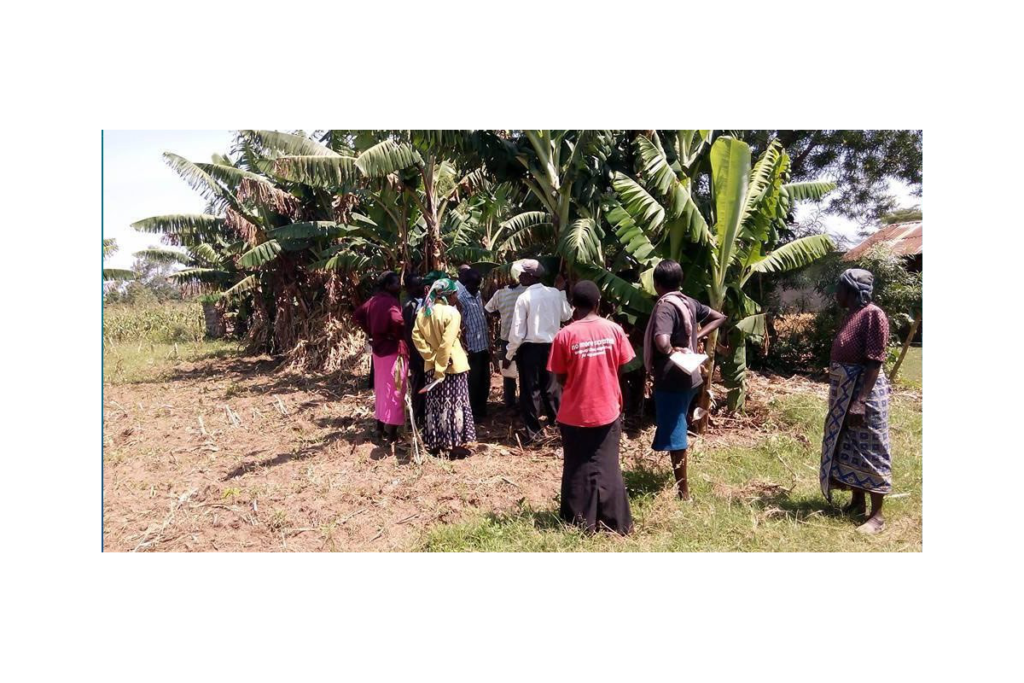
Great Lakes Society of BC supports Small-scale Farming as a great choice for families if they always want to produce their own food, to escape modern life and get back to the basic survival Instincts. With our Chapters, we support these initiatives mostly in Africa. Small-scale farming is a farming method using very little land/space (usually around 1-10 acres) and often using very little to no expensive technologies. Small-scale farming is closely tied with more sustainable agricultural methods including Hobby, organic, biodynamic and permaculture (etc.) farms.
According to the USDA, a small-scale farm produces between 1000$-250000$ each year in agricultural products – Advantages of small-scale farming. While small-scale farming is very hard work, it does also provide a lot of benefits in comparison to regular farming practices, it builds up communities: A small farm supplies the local community with fresh food and thus reconnect people with the food they consume. This helps to build up a whole community centered around a small farm, helping out both the farm and the people, this as well improves the Health of communities. Introducing more nutritious and sustainable food, helps to improve the overall health of the community. Food security: Small farms grow a more diverse crop selection. Bigger farms often grow only a single crop on a very large scale, in bad years big parts of the harvest can be lost. Small farms help to counteract the food systems instability in those years. Better for the environment: Most of the food produced in large farms will travel more than 1000 miles until it finally reaches the supermarkets’ shelves. Furthermore, to produce these huge quantities of food in the least amount of time a lot of high-tech equipment is used. Pesticides and oil-based fertilizers also contribute to the negative effect on the environment. More productive: Against the widespread belief, small farms are actually far more productive when compared to larger operations, when adopting unconventional farming methods. Providing more people not only with more but also better food to enjoy. Can offer high quality at a good price: Most small farms sell their products directly on the farm, this way they do not have to pay for transportation or other fees. You know where your money is going if you choose to buy from a local farm and will be able to see your food being produced.
the challenges of small scale farming
Sadly, small-scale farming comes with its own challenges and problems. Hard physical labor: Working long days of hard manual labor, a small-scale farmer is required to be in very good health and be very resistant. High risk: Being a farmer always comes with high risk, what to do if you injure yourself? Insurance can help you avoid some serious consequences but never eliminate the risk. In some countries, there is nothing like insurances to help cover small scale farmers if injured during the process. High dependence on unpredictable factors: Weather is one of the most important, yet most unreliable factors in farming. A bad storm can wipe out harvest, preparing for these kinds of situations are incredibly stressful. Financial uncertainty: Most small farms operate on a very tight budget, leaving the farmer with very little to no luxury. Family vacation is pretty much impossible, buying a house for example from farming may not be a true story, and the farm will require nearly all your time. At GLBC, we work with our Partners and Chapters to help educate farmers and or support some community projects. One of them is at SAWA community Training Farm– (SACTF) At SAWA – Village of Bungoma Western Kenya.
